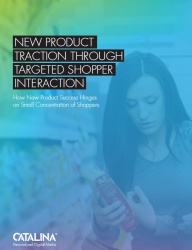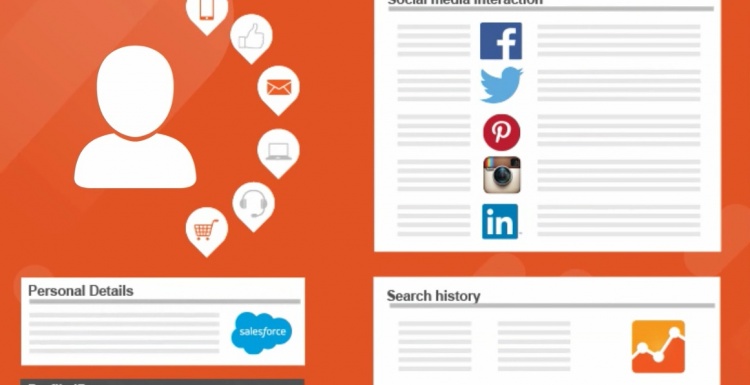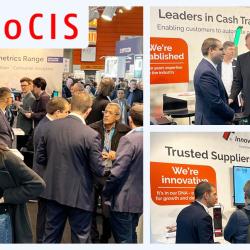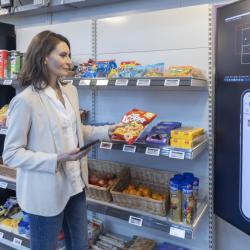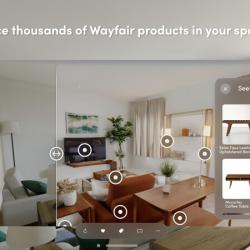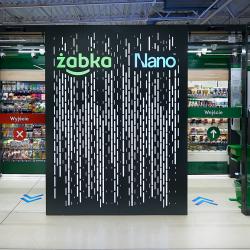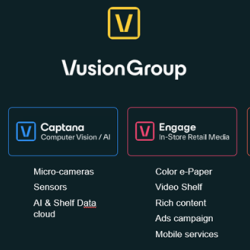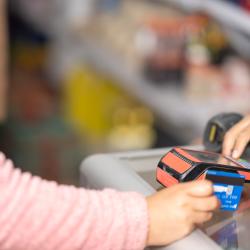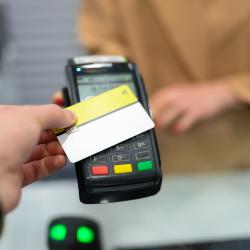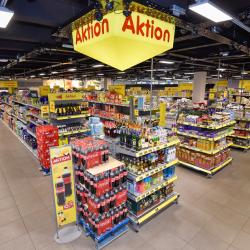Company News • 03.09.2015
Low levels of repeat buyers challenge new product success
Less than 1 percent of shoppers drives sales volume for the typical new CPG product
In the CPG industry, generally-recognized failure rates for new product launches range from 60 percent to 80 percent. Catalina released a new report, which demonstrates the critical importance of data-driven shopper engagement in growing the success of new products.
The research findings show that consumer concentrations of less than one percent drive the vast majority of volume for most new CPG products. In addition, the study uncovered extremely low retention rates for most new products, with just 11 percent of triers in the first six months of a launch still engaged with a new item after one year.
The study finds that just 0.7 percent, or 1 in 143 shoppers, accounted for 80 percent of volume for the average new product studied. Of the 50 new food and beverage products analyzed, just eight had shopper concentrations of more than one percent driving 80 percent of volume, and only one had a concentration above two percent.
“The percentage of households that make or break the success of new CPG products is very small,” said Marla Thompson, SVP of U.S. Strategy for Catalina. “Our study makes it clear that it is critical for brands and retailers to find likely triers and continue engaging them over time to sustain repeat purchasing. It also shows that purchase-based targeting can be a cornerstone of successful new product launches.” According to the report, engaging shoppers based on predictive modeling of their likelihood to buy can result in trial rates that are five times more than the natural trial rate.
The study also demonstrated a major distribution challenge for new products. It took 28 weeks for the average new product to reach 75 percent of its peak distribution in stores tracked in the study. This long delay creates significant inefficiencies for national mass media campaigns.
New Product Retention Dilemma
Sustaining revenue growth for new products in the second year after a launch is frequently a challenge for the CPG industry. Even top-selling new items sometimes fail to survive their sophomore year. One major issue affecting those failures is a lack of repeat purchase, according to the report. The study finds that for the average new CPG product, just 11 percent of shoppers who tried the new item in the first six months of a launch remained engaged after 52 weeks. Twenty-four percent of initial triers made at least one repeat purchase in the first six months, but more than half of those did not try again in the following six months.
“Our research demonstrates that retaining buyers quickly becomes at least as important as customer acquisition to the success of new products,” said Thompson. “Finding and engaging the consumers most likely to both try and repeat, and then delivering the right incentives and messages to efficiently sustain purchasing over time, should be a core strategy for growth.”
Getting the Timing Right
Catalina’s report also underscores the tremendous inefficiencies in national marketing campaigns for new products due to uneven distribution. On average, the new products tracked in the study took 28 weeks, more than half of their first year in stores, to reach mass availability. Mass availability was defined as reaching 75 percent of a product’s highest distribution.
This long wait for availability frequently results in either wasted media spend or lost opportunity, according to the report. For example, many shoppers may be hit with initial ads and promotions with no ability to purchase the product in their store. Conversely, a new product may have little or no advertising or promotional support while it sits on store shelves for months, as the brand manager waits for further distribution. As a result, only a small percentage of likely triers become aware of the product.
“Catalina provides the right data-driven marketing platform to efficiently drive awareness and trial among likely buyers of new products, particularly during the distribution build up,” said Thompson. “Catalina-powered marketing is activated store-by-store as soon as the new product scans at checkout for the first time. This ensures that the right shoppers become aware of the new item as soon as it becomes available in each store.”
Winning Over Existing Brand Buyers
For product line extensions, winning over existing brand franchise buyers can be an important opportunity for growth. Across all of the line extensions studied for this report, an average of 76 percent of brand franchise buyers did not even try the new item. Yet those who did spent an average of four times more than other franchise buyers.
A copy of the full study can be found at www.catalinamarketing.com/newproducttraction.
Source: Catalina

